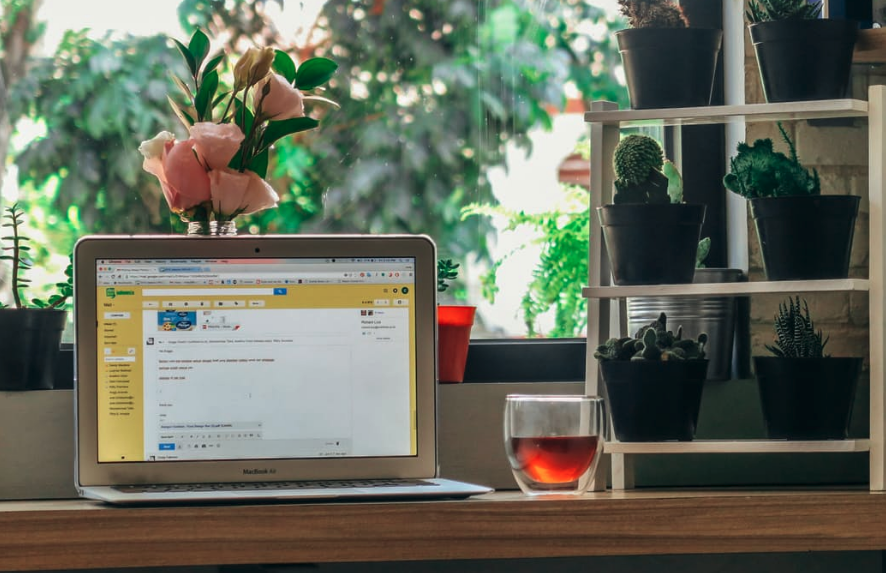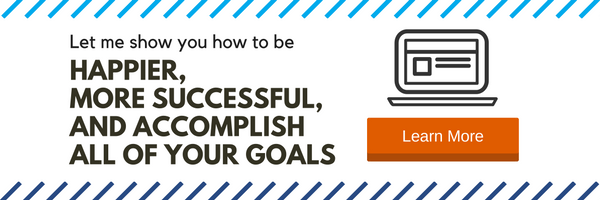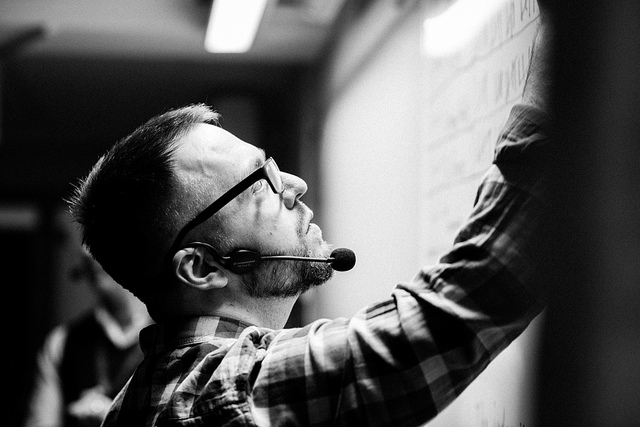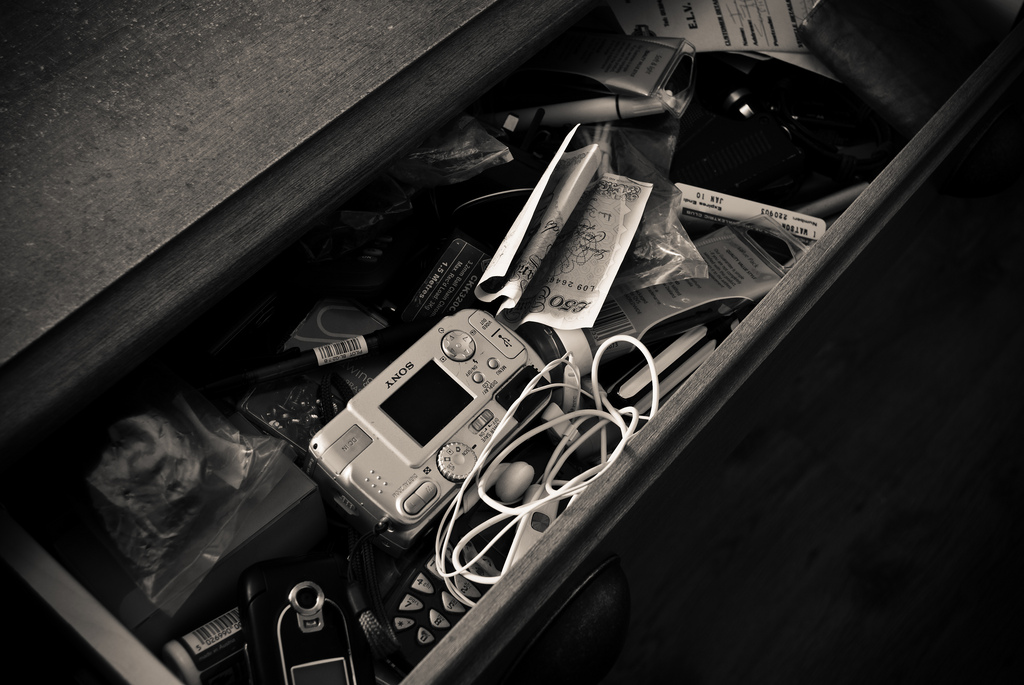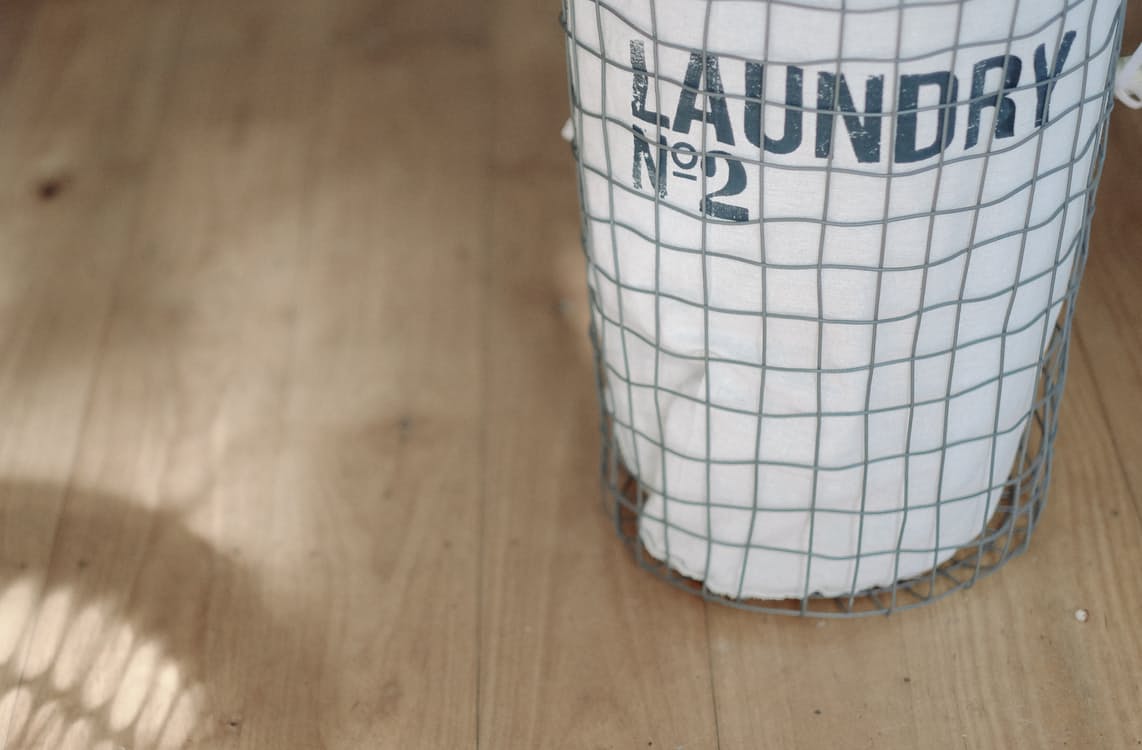Athletes call this mental state being in “The Zone”; psychologists call it “flow” or peak experience, and they have linked it to leading a life of happiness and purpose. Lao Tzu, the ancient Chinese philosopher who authored theTao Te Ching, called it “doing without doing” or “trying without trying.”
I think of this mental state as our “sweet spot,” where we have both great strength and great ease; it’s the mental state when our best work emerges without strain or anxiety. Instead of making our most powerful effort, we get to experience our own effortless power.
Although we usually assume that a state of deep concentration is hard to achieve (and getting harder these days, as the interruptions from our smartphone/email/texts mount) the truth is that we can access this wonderful state much more easily than we often realize. Here’s how.
1. Clear mental clutter. What is going on in your mind that will keep you from your sweet spot?
Take a quick look at your task list, and decide what you will do today and when you will do it. When our subconscious mind doesn’t know when we will complete a task, it will often interrupt our flow state with intrusive reminders about what else we need to do. Research shows that our unconscious isn’t actually nagging us to do the task at hand but rather to make a plan to get it done. So scheduling a task can make a huge difference in our ability to focus on something else.
Another precursor to getting into The Zone is knowing where you are in your workflow. “That constant awareness of what is next is what keeps you focused,” Mihaly Csikszentmihalyi, author of Flow: The Psychology of Optimal Experience, told Entrepreneur magazine. “That’s where the engagement comes from.”
So note what you’ve just accomplished, what you hope to accomplish next, and what you’ll work on after that.
As I approach my tasks, I also find it helpful to take a quick peek at my calendar and email to clear mental clutter. Is there anything urgent? The idea isn’t to respond to emails; it’s a check that keeps me from worrying while I work that I should have checked my email, and keeps me from wondering if there is anything on my calendar that I should be preparing for.
2. Build yourself a fortress against interruption. If you can’t concentrate, you can’t be in your sweet spot. Period.
That’s because if you keep getting interrupted, you can’t achieve the state of deep concentration that you need for flow. Even if you like the interruptions (as when you get funny texts from a friend). Even if the interruptions are good for your work (as when a colleague stops by to answer a question). If you take one thing away from this article, let it be this:
No focus, no flow.
No focus, no flow.” username=”raisinghappines”]
Anything that might distract or tempt you away from your work needs to be taken care of before you drop into The Zone. Think of yourself like a toddler going on a road trip: What will make you pull over before you reach your destination? Will you need to plug your computer in? Get a kleenex? Adjust the thermostat? Something as small as an itchy tag on the back of your shirt can weaken your focus if you are tempted to go to the bathroom to cut it out. Here is what I have to do before I find flow:
Clear my desk of anything that might distract me. I remove yesterday’s coffee cup, close books, put pens away, stack papers into a deceptively neat pile. As I do this, I note anything on my task list that will need my attention later, and make a time when I will attend to it.
Open any documents on my computer that I will need to use while I’m doing my focused work, and then quit my email application. This prevents me from opening my email while I’m trying to write—once I do that, I have to exert a lot of mental energy to resist reading new emails.
I close open browser windows and any other apps that aren’t in use. I leave my calendar open, as one of the great benefits of working from our sweet spot is that we lose track of time, and my calendar keeps me from missing what’s next.
I put my smartphone into “do not disturb” mode and move it out of sight. I turn off the ringer on my landline. (All other alerts on my computer are already off. I would never dream of getting a device like an Apple watch, which would be a constant threat to my concentration.)
I go to the bathroom and bring a glass of water, snack, and cup of coffee to my desk.
I close my shades and office door. If I’m not alone, I put on noise canceling headphones and then I tell Buster, my trusty canine colleague, to go to his “place,” where he’s trained to stay while I work.
Take a minute to anticipate your needs and take care of them now rather than when they will break your state of concentration.
3. Prepare your brain to go into a deep state of focus. This doesn’t require any sci-fi technology that sends a probe or special rays into your brain. Instead, it just takes a few simple, very ordinary steps.
Have a small snack. Concentration is very taxing for our brain energy-wise. Research shows that our focus and stamina tend to improve when our blood sugar is on the rise. (No need to have a whole meal, though. Digestion diverts energy from the brain. A small handful of nuts works best for me.)
Drink a lot of water. Your brain is 73 percent water, and even mild dehydration can cause it to sputter. Research participants who are barely dehydrated — not enough to even feel thirsty — experience “significant deterioration in mental functions” according to one study. Drinking water corrects trouble focusing. We aren’t sure why, but one theory is that it is the brain’s way of getting us to pay attention to our basic survival needs rather than our big thoughts and ambitions.
Put on some music you’ve chosen as ideal for getting into your sweet spot. Star athletes have long understood the power that music has to raise our energy and focus our attention — as well as to block out distractions. (Just make sure that the music isn’t another distraction in and of itself. I’ve created a Pandora radio station that plays only upbeat instrumental music; lyrics distract me.)
Exhale deeply for a minute or so. Our breathing profoundly affects our nervous system and blood flow in our brain—and, therefore, our performance. Taking some nice deep breaths signals to our brain that we are safe, allowing us to access mental resources we can’t when our breathing is shallow (which our brain takes as a sign that we are in a state of fight or flight).
Elite performers — from Stephen Curry to Maya Angelou — train themselves to drop into The Zone unconsciously by performing little rituals like the one I’ve created out of these three steps. (Angelou said that she used her pre-writing routine to “enchant” herself.) Indeed, rituals like these make it possible for ordinary people to do extraordinary work.
Getting into a flow state is a habit you can create!
If you need help developing your “flow” routine, I hope you’ll check out my latest eCourse, The Science of Finding Flow. In 9 self-paced units, I’ll show you how to optimize your brain so that you can allow your most joyful, productive, energetic, and successful self to emerge. I’ll teach you how to be happy while accomplishing your goals — and while still having energy left over for the things you want to do.
Photo courtesy of Kristina Alexanderson.



